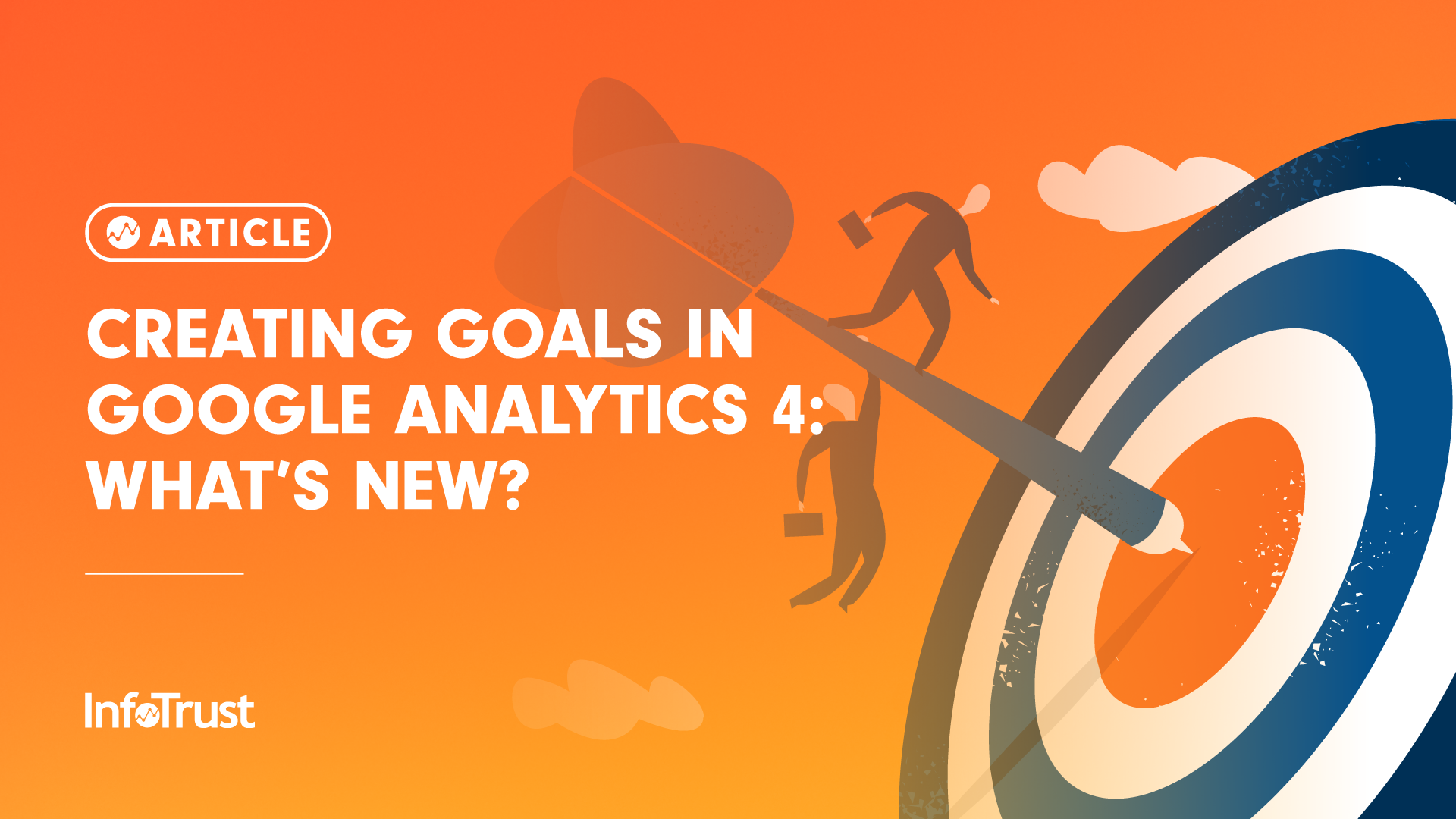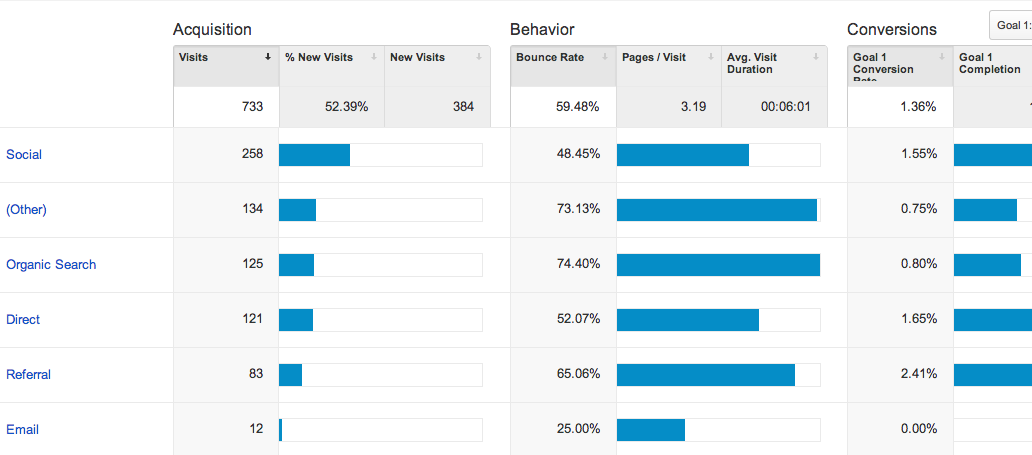Revealing the Blind Destinations: Understanding What Google Analytics Goals Can not Measure
In the realm of digital analytics, Google Analytics stands as a powerful tool for tracking and examining on-line user interactions. Recognizing what Google Analytics objectives can not determine is essential for obtaining a detailed sight of customer behavior and involvement.
User Habits on External Operatings Systems
Understanding just how individuals interact on external systems is essential for maximizing on the internet approaches. Exterior systems, such as social media networks, reference sites, and on-line discussion forums, play a considerable duty in driving website traffic to a firm's site. By analyzing individual habits on these platforms, businesses can get important insights right into the efficiency of their advertising efforts and the choices of their target market.
One secret element of user actions on outside systems is the referral resource. By tracking where the users are coming from, organizations can recognize which platforms are driving one of the most traffic to their web site. This details can aid companies allot their sources better, concentrating on the platforms that produce the ideal results.

Offline Interactions and conversions
Analyzing customer actions on exterior systems gives valuable insights right into online approaches; nevertheless, thinking about offline conversions and interactions is just as essential for a thorough understanding of a company's general efficiency. Offline conversions, such as in-store purchases or phone inquiries, play a substantial role in lots of businesses' success.

Attribution Beyond Last Click
When diving right into the world of electronic marketing analytics, it becomes necessary to look past the single touchpoint of the last click for a much more detailed understanding of attribution. While Google Analytics supplies useful insights right into user behavior, depending solely on last-click attribution can be limiting - what data is google analytics goals unable to track. Acknowledgment designs that surpass the last click supply a more nuanced sight of the client journey, taking right into account all the touchpoints that bring about a conversion
Attribution beyond the last click enables marketing experts to appoint credit report to numerous interactions along the conversion path, giving a more clear image of the performance of different marketing networks. By checking out multi-touch attribution designs such as straight, time decay, or position-based acknowledgment, organizations can much better allot their advertising and marketing spending plans and optimize their methods for optimal influence.
Recognizing the impact of each touchpoint in the conversion process is essential for making informed choices and making best use of ROI. By embracing attribution past the last click, companies can obtain deeper insights into client habits and customize their marketing efforts more efficiently.
Cross-Device and Cross-Browser Tracking

Similarly, cross-browser tracking complements cross-device monitoring by capturing customer actions as they switch over in between different web internet browsers. Comprehending exactly how users communicate with web sites on different web browsers can assist marketers enhance their on the internet experiences to ensure consistency and capability throughout various systems.
Qualitative Information and Individual Intent
Recognizing customer intent through qualitative data evaluation is essential for establishing targeted electronic marketing strategies that resonate with the demands and choices of the target market. Qualitative data gives understandings into the 'why' behind individual actions, clarifying inspirations, emotions, and choices that visit quantitative information alone can not catch. By evaluating customer responses, comments, and communications, online marketers can discover useful info concerning user intent, enabling them to customize their messaging, material, and offerings to better line up with what their target market is looking for.
Qualitative information additionally helps in recognizing the context in which individuals involve with a site or app. This contextual understanding enables marketers to create even more appropriate and individualized experiences, ultimately driving greater engagement and conversion rates. By delving right into user intent via qualitative information analysis, businesses can get a much deeper understanding of their target market, causing much more effective advertising and marketing approaches that fulfill individuals' needs and expectations.
Final Thought
To conclude, Google Analytics objectives have restrictions in measuring customer behavior on exterior platforms, offline conversions, attribution past last click, cross-device and cross-browser monitoring, and qualitative information associated to user intent. what data is google analytics goals unable to track. It is very important for services to be knowledgeable about these blind spots in order to supplement their information analysis with other tools and approaches to get an extra extensive understanding of their target market and boost their general electronic advertising approaches
By assessing user actions on these platforms, businesses can obtain important understandings into the efficiency of their marketing efforts and the preferences of their target audience.
Evaluating individual you could check here habits on exterior systems provides important understandings into on the internet techniques; nonetheless, considering offline conversions and communications is equally necessary for an extensive understanding of a firm's general performance.In digital marketing analytics, relocating beyond next last-click acknowledgment to explore cross-device and cross-browser monitoring is vital for obtaining a holistic understanding of individual communications across different platforms and gadgets. By evaluating individual comments, comments, and interactions, marketing professionals can uncover important details concerning customer intent, allowing them to tailor their messaging, content, and offerings to much better align with what their target market is seeking.
By diving right into customer intent through qualitative data analysis, companies can acquire a much deeper understanding of their target audience, leading to more effective advertising techniques that fulfill individuals' needs and expectations.